The World Unveiled: A Comprehensive Guide to Assassin’s Creed Maps
Related Articles: The World Unveiled: A Comprehensive Guide to Assassin’s Creed Maps
Introduction
With great pleasure, we will explore the intriguing topic related to The World Unveiled: A Comprehensive Guide to Assassin’s Creed Maps. Let’s weave interesting information and offer fresh perspectives to the readers.
Table of Content
The World Unveiled: A Comprehensive Guide to Assassin’s Creed Maps
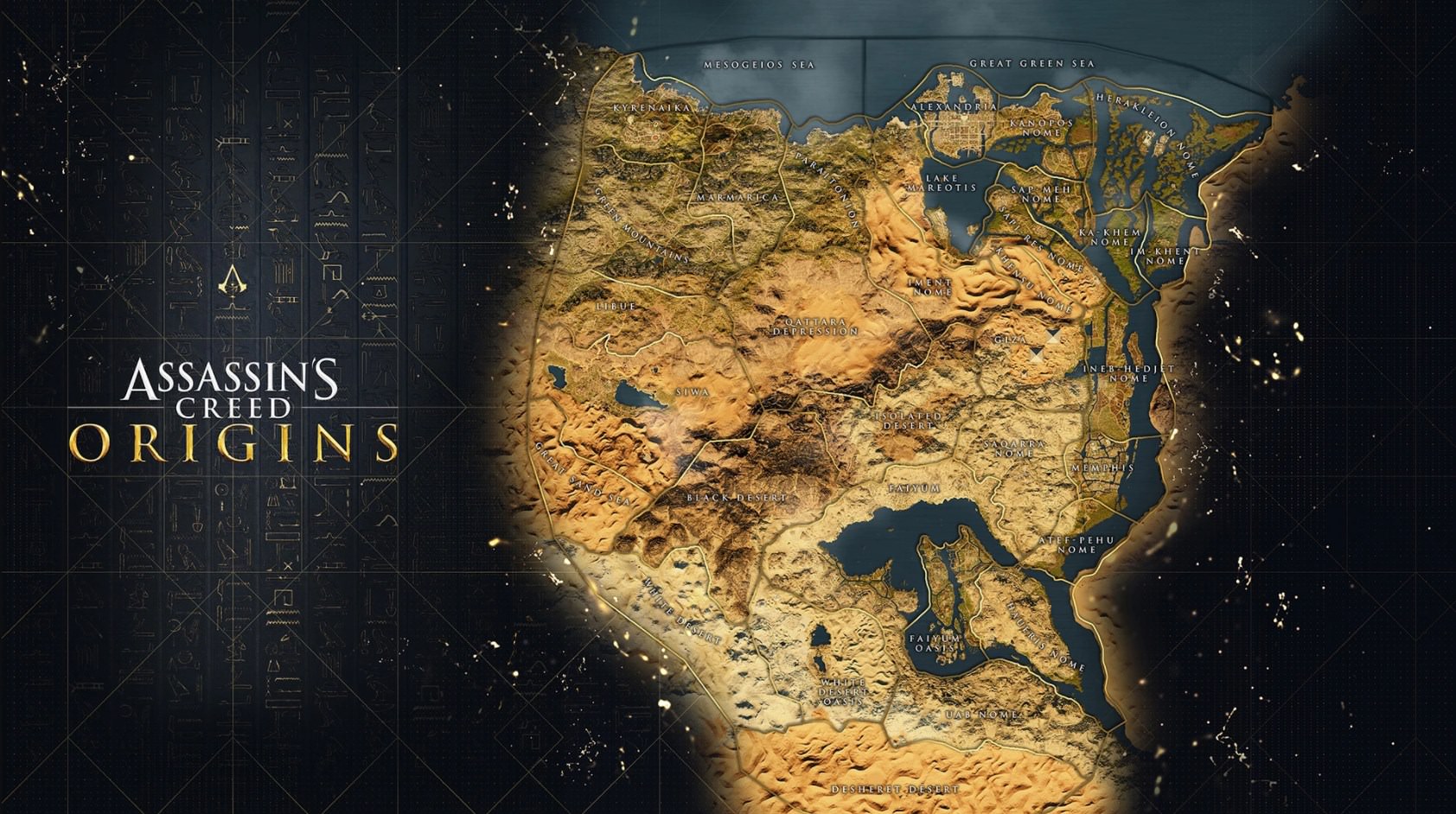
The Assassin’s Creed franchise, renowned for its immersive storytelling and captivating gameplay, boasts a rich tapestry of historical settings. A crucial element in this immersive experience is the meticulously crafted map, serving as both a playground for exploration and a canvas for narrative. These maps, meticulously designed with historical accuracy and artistic flair, are more than mere representations of landscapes; they are intricate systems that underpin the gameplay, storytelling, and overall experience of the Assassin’s Creed universe.
A Journey Through Time and Space:
The maps of Assassin’s Creed, spanning diverse eras and continents, are a testament to the franchise’s commitment to historical authenticity. From the bustling streets of Renaissance Italy in Assassin’s Creed II to the vibrant city of Victorian London in Assassin’s Creed Syndicate, each map evokes a distinct atmosphere and cultural identity. The developers meticulously research historical documents, architecture, and social dynamics to ensure a genuine representation of the chosen era.
Beyond the Visual:
The maps of Assassin’s Creed are not mere visual representations. They are complex systems that influence gameplay mechanics and storytelling. The intricate network of streets, alleyways, and rooftops in Renaissance Florence, for example, provides opportunities for stealthy assassinations, parkour acrobatics, and exploration. The vast expanse of the American frontier in Assassin’s Creed III offers diverse environments, from dense forests to bustling towns, each with its own challenges and rewards.
The Role of Landmarks and Locations:
Landmark buildings and locations play a significant role in the Assassin’s Creed narrative. The Colosseum in Rome, the Notre Dame Cathedral in Paris, and the Taj Mahal in India are not merely decorative elements; they are historical touchstones that contribute to the overall narrative. These locations often hold hidden secrets, historical artifacts, and pivotal moments in the game’s storyline, encouraging players to delve deeper into the world’s history and uncover its mysteries.
The Importance of Exploration:
The maps in Assassin’s Creed are designed to encourage exploration. Hidden chests, collectible items, and secret areas reward players for their curiosity and dedication. The open-world design allows players to deviate from the main storyline and discover the world at their own pace, encountering diverse characters, engaging in side quests, and uncovering the hidden secrets that lie beneath the surface.
Navigating the World:
The maps of Assassin’s Creed are not static entities; they are dynamic environments that evolve as the player progresses through the game. New areas open up, missions become available, and the world reveals its secrets gradually. The maps are designed to guide players through the story, while simultaneously offering them the freedom to explore and discover at their own pace.
Understanding the Significance:
The maps of Assassin’s Creed are more than just backgrounds for gameplay; they are integral components of the franchise’s success. They are the foundation upon which the immersive storytelling, engaging gameplay, and historical exploration are built. They are a testament to the developers’ commitment to detail, historical accuracy, and creating a world that feels both familiar and fantastical.
Frequently Asked Questions:
Q: How are the maps in Assassin’s Creed created?
A: The creation of Assassin’s Creed maps involves a meticulous process of research, design, and development. Developers use historical documents, architectural blueprints, and satellite imagery to recreate accurate representations of real-world locations. Artists and designers then build upon this foundation, adding their own creative flair and ensuring a visually stunning and immersive experience.
Q: What is the role of the Animus in the map design?
A: The Animus, the fictional device that allows players to experience the memories of their ancestors, plays a crucial role in the map design. It allows developers to introduce elements of fantasy and mystery into the otherwise historically accurate settings. The Animus can manipulate the environment, create hallucinations, and reveal hidden secrets, adding a layer of intrigue and complexity to the maps.
Q: How do the maps influence the gameplay?
A: The maps of Assassin’s Creed are designed to facilitate a variety of gameplay mechanics. The layout of streets, buildings, and rooftops influences the parkour system, allowing for acrobatic movement and stealthy assassinations. The environmental design also dictates the types of missions available, ranging from assassination contracts to exploration quests.
Q: What makes the maps in Assassin’s Creed unique?
A: The maps of Assassin’s Creed stand out for their blend of historical accuracy, artistic flair, and gameplay functionality. They are more than just visual representations; they are intricate systems that influence the narrative, gameplay, and overall experience. The developers’ commitment to detail, research, and innovation ensures that each map is a unique and immersive experience.
Tips for Exploring the Maps:
- Embrace the parkour system: Utilize the environment to your advantage, navigating rooftops, climbing walls, and leaping across gaps.
- Seek out hidden areas: Explore beyond the main paths, venturing into alleyways, backstreets, and abandoned buildings to uncover secrets and rewards.
- Interact with the environment: Pay attention to details, such as interactive objects, environmental clues, and hidden passages.
- Utilize the map interface: Familiarize yourself with the map’s features, including markers for missions, collectibles, and points of interest.
- Take your time and enjoy the journey: Don’t rush through the game; take time to explore, discover, and immerse yourself in the world.
Conclusion:
The maps of Assassin’s Creed are more than just visual representations of historical locations; they are intricate systems that underpin the gameplay, storytelling, and overall experience. The developers’ meticulous attention to detail, historical accuracy, and artistic vision create immersive worlds that transport players to different eras and cultures. By exploring these maps, players not only engage in thrilling gameplay but also embark on a journey of discovery, unraveling the secrets of history and the intricate tapestry of the Assassin’s Creed universe.



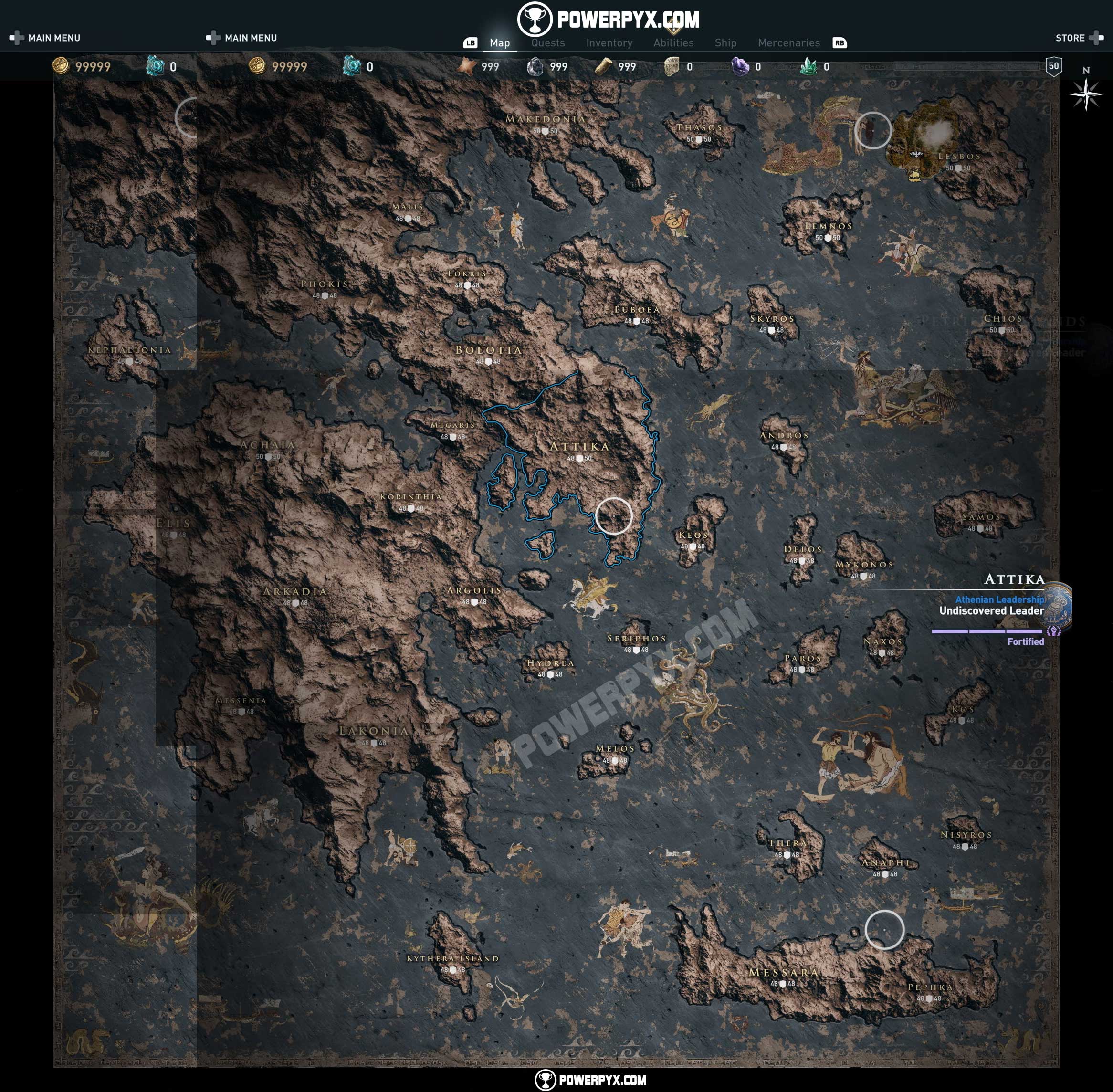

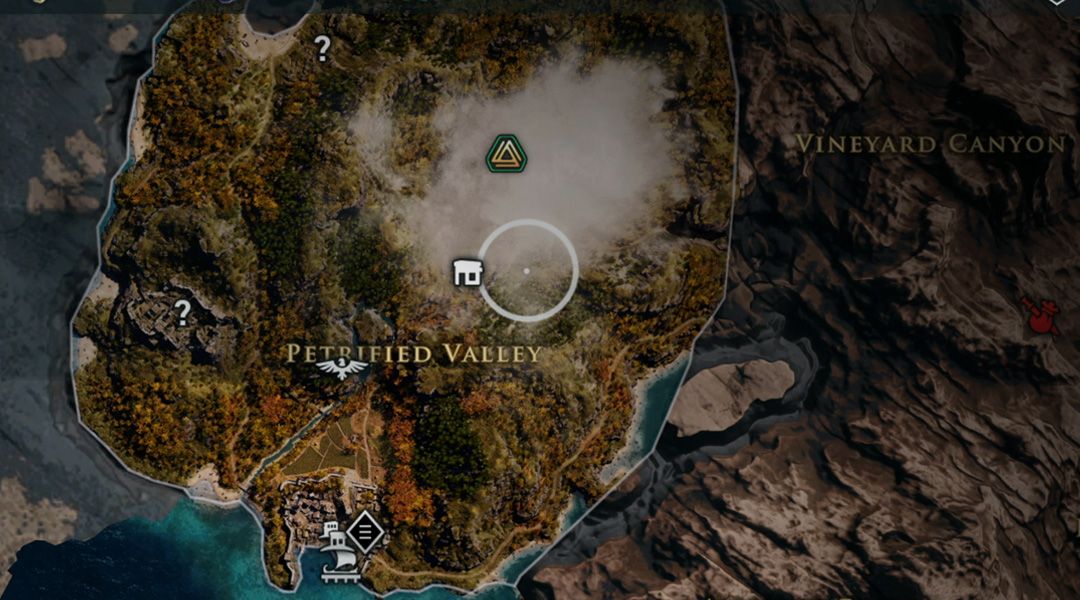
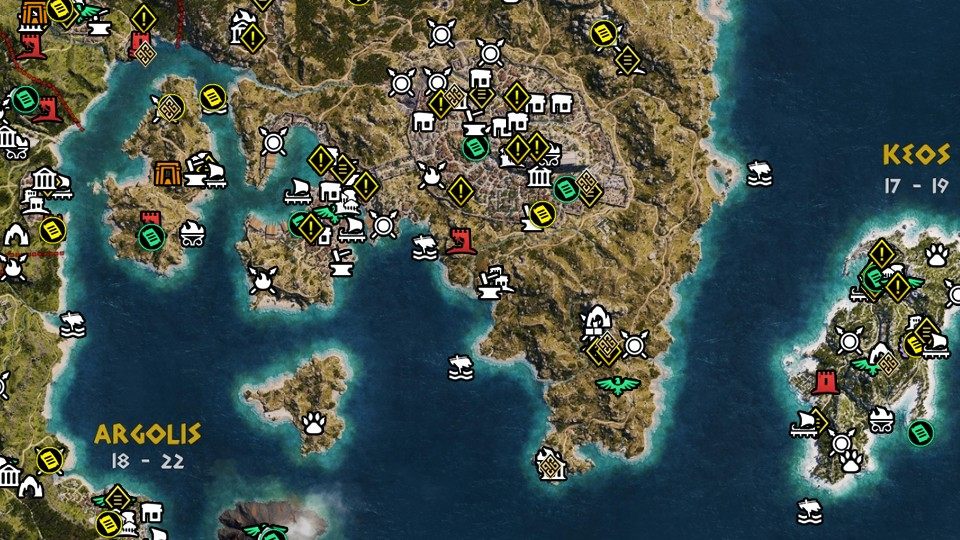
Closure
Thus, we hope this article has provided valuable insights into The World Unveiled: A Comprehensive Guide to Assassin’s Creed Maps. We appreciate your attention to our article. See you in our next article!